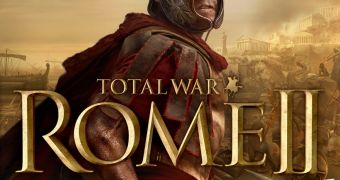When Total War: Rome II was launched, I was actually afraid to fire it up because so many reports from players talked about the dreadful state it was in and how they were unable to run through more than 10 turns before it became unplayable.
My powerful home computer allowed me to enjoy the strategy experience from The Creative Assembly from the start and the team then worked pretty fast to deploy a lot of small patches that improved overall performance and managed to also enhance game mechanics.
Total War: Rome II manages to combine the spectacle of its real-time battles, which look more engaging and beautiful than ever, with an improved strategic layer that makes management faster but also encourages players to make more important decisions.
The Ancient World never looked so good and taking control of Athens to rebuild the empire of Alexander the Great never felt so real before.
There are deeper strategy experiences available, but none of them has the presentation of Total War or the ability to deliver a surge of adrenaline when lines clash in real time during a battle that will determine the fate of a faction.
The game also runs much smoother now and creates a historical sandbox where interesting things happen regardless of initial faction choice.
The Creative Assembly has also delivered a number of free factions to use and seems determined to deliver more content for the single-player section of the game, with a new campaign fashioned to follow Caesar as he invades Gaul.
On a side note, the strategy game I have played most during this year remains Crusader Kings II, the Paradox Interactive launched experience that has received two expansions, one focused on the power of the pagans and another that expands the power of religion and makes Jewish characters playable for the first time.

 14 DAY TRIAL //
14 DAY TRIAL //